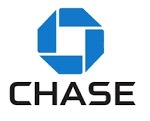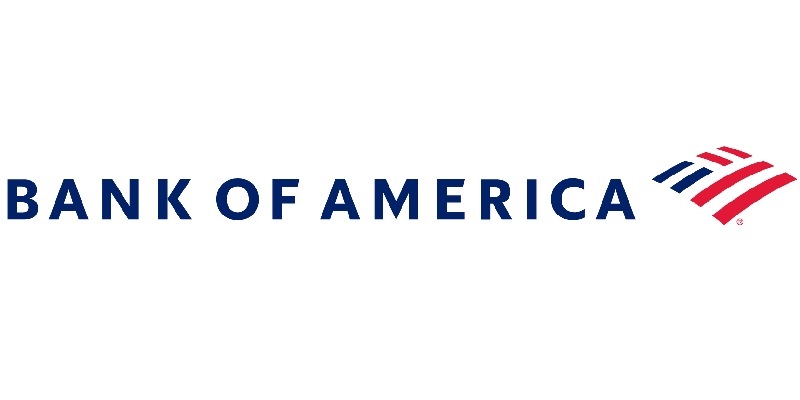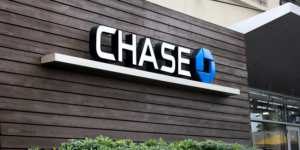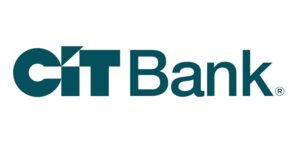
A dividend is a payment made by a corporation to its stockholders, usually out of its profits. Dividends are typically paid regularly and made as a fixed amount per share of stock- the more shares you own, the larger the total dividend payment you’ll receive.
Dividends can be issued as cash payments, as shares of stock or other property, though cash dividends are the most common. Along with companies, various mutual funds and exchange traded funds (ETF) also pay dividends.
| PROMOTIONAL LINK | OFFER | REVIEW |
| J.P. Morgan Self-Directed Investing | Up to $700 Cash | Review |
| TradeStation | $3500 Cash | Review |
| WeBull | 12 Free Stocks & free trades | Review |
| SoFi Invest | $25 Bonus and free trades | Review |
Types Of Dividend
Ordinary dividend
The most common type of dividend. Ordinary dividends are paid in cash, most often quarterly but sometimes semi annually or annually.
Stock dividends
Companies that want to conserve their cash may pay dividends in the form of shares of stock.
Hybrid and Property Dividends
Highly uncommon, but a hybrid dividend is a combination of cash and stock, while a property dividend is just that company property or assets that have a monetary value.
Companies might also pay what’s known as a special dividend when they have an unusually profitable quarter or year. This is an extra dividend of additional cash or stock beyond the firm’s current or regular dividend.
Who receives the dividend?
When a company declares that it will pay a dividend the firm also specifies a record date. The dividend is paid to anyone who is registered as an owner of the company’s shares on that date. In most countries, the registration is automatic and requires no special action when you buy a stock.
The record dates has important implications for buyers and sellers of a company’s stock because it determines the ex-dividend date. So if you buy a stock on or after the ex-dividend date, you won’t receive the most recent declared dividend. You’re buying the stock ex, or without, the dividend. To compensate buyers for this, the ex-dividend date the share price typically is reduced by the amount of the dividend.
On the other side, if you decide to sell a stock, but want to receive the dividend, you must wait until the ex-dividend date to sell your shares. If you sell before the ex-dividend date, you’re also selling the right to receive the dividend.
Key Dates Associated with Dividend
- The day the company announces its intention to pay a dividend.
-
Shareholders who are registered owners of the company’s stock on this date will be paid the dividend.
- Shares purchased on or after this date do not give the buyer the right to receive the most recently declared dividend. In the US, this is one day business day before the record date.
-
The date on which the dividend is actually paid to a stock’s owners of record.
Owners who have both common and preferred shares may receive a dividend, but it is important to know that the dividend for preferred shares of a stock are usually higher!
If you buy and sell stock through a broker, dividend payments are almost always deposited directly into your brokerage account. Otherwise, check in the amount of the dividend payment is mailed to you on the payment date.
Why are dividends important to investors?
Investors who seek for income are usually drawn to companies that pay dividends. They might be more interest in the regular dividend payment than in the growth of the stock’s price, or they may be looking to combine the benefits of regular income with the potential for stock price appreciation. Income from dividends also cushions the blow if a stock’s price drops.
Just like when interest rates are low, investors may re-allocate their funds from interest bearing assets into more productive dividend paying stocks.
Depending on the firm’s dividend policy and history, it also might give you important clues about the company. Paying dividends is generally considered a sign of an established company with favorable financial health and future profit potential. In contrast, paying dividends may mean that a company has relatively modest growth prospects, it can be seen as evidence that the firm can’t find a more productive use for its profits. Which is why young, fast growing companies typically do not pay dividends since they believe they can create a better return for shareholders by reinvesting all their profits in their continued growth. Depending on the person’s investing objectives, we’ll see how these factors may affect an individual investor’s decisions.
It may also be an important signal when a company that has been regularly paying dividends cuts the dividend. This could indicate financial trouble.
Naturally, dividends are also a component of an investor’s total return, especially for investors with a buy and hold strategy. Dividends may account for a substantial percentage or even a majority of total returns over a give time period with some stocks.
How are dividend returns measured?
Dividend yield* is the annual return an investor receives in the form of dividend payments, expressed as a percentage of the stock’s share price. It’s an easy way to compare the dividend amounts paid by different stocks. It’s calculated by dividing the annual dividend per share by the price per share then converting the result to a percentage.
Dividend yield should never be the only factor an investor considers when deciding whether to buy a stock. But income focused investors tend to prefer higher dividend yields if all else is equal. That said, high dividend yields may be a sign of a stock that’s recently suffered a sharp price decline, so in this case ti may be a warning signal.
Many income oriented investors also look for a consistent history of dividend payments, preferring companies whose dividend payments have grown over time, or at least remained steadily, with no missed quarters.
What is dividend payout ratio?
A second ratio, the dividend payout ratio, is seen by many investors as an indicator of a company’s ability to continue paying dividends at its current rate. Essentially this ratio tells you how much of a company’s profits it pays out in dividends per year. It can be calculated on a total basis or per share.
A payout ratio above 100% would mean that the company is paying more in dividends than it is earning, which is unsustainable long-term wise.
Dividend payout ratios will vary widely based on several factors. As mentioned, young and growth oriented companies may have a zero or low payout ratio while more established companies will often have higher payout ratios. There are also differences between industries and sectors, so this ratio is most useful when comparing companies within a specific industry.
Bottom Line
Dividends are payments made by a company to owners of the company’s stock. They are a way for companies to distribute revenue back to investors, and one of the ways investors earn a return from investing in stock. If you are looking for new investment opportunities or options, check out below our most updated 2019 list of brokerage promotions!
 | Chase Business Complete Checking®: Earn $300 or $500 when you open a new Chase Business Complete Checking® account. For new Chase business checking customers with qualifying activities. Chase offers financial products and services that let you bank when and how you want. Get Coupon---Chase Business Checking Review |
 | Huntington Unlimited Business Checking: Earn $400 bonus when you open a Huntington Unlimited Business Checking account and make total deposits of at least $5,000 within 60 days of account opening. The $400 bonus will be deposited into your account after all requirements are met. This account is for businesses with higher checking activity and greater cash flow needs. Apply Now---Huntington Unlimited Business Checking Review |
| U.S. Bank Business Checking: Earn a $500 bonus when you open a Silver Business Checking Account or $900 when you open a Platinum Business Checking Account online with promo code Q1AFL25 and complete qualifying activities, subject to certain terms and limitations. Offer valid through March 31, 2025. Member FDIC. Apply Now---U.S. Bank Business Checking Review |
|
 | Bank of America Business Advantage Checking Bonus Offer Open a new Bank of America Business Advantage checking account and complete the eligible requirements to earn a $200 cash bonus offer. See offer page for more details. Additional terms and conditions apply. See offer page for more details. Learn More---Bank of America Business Checking Review |




Leave a Reply